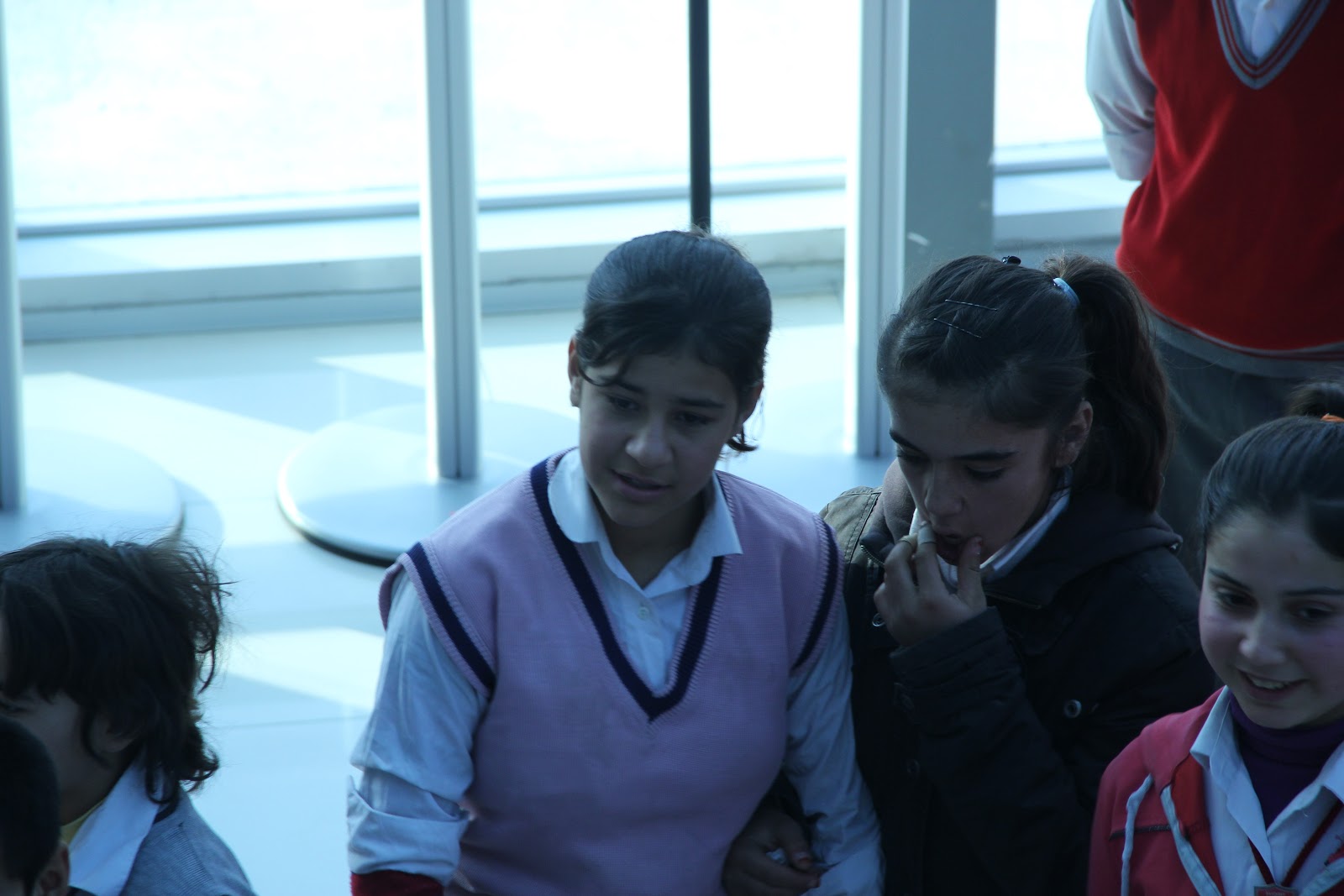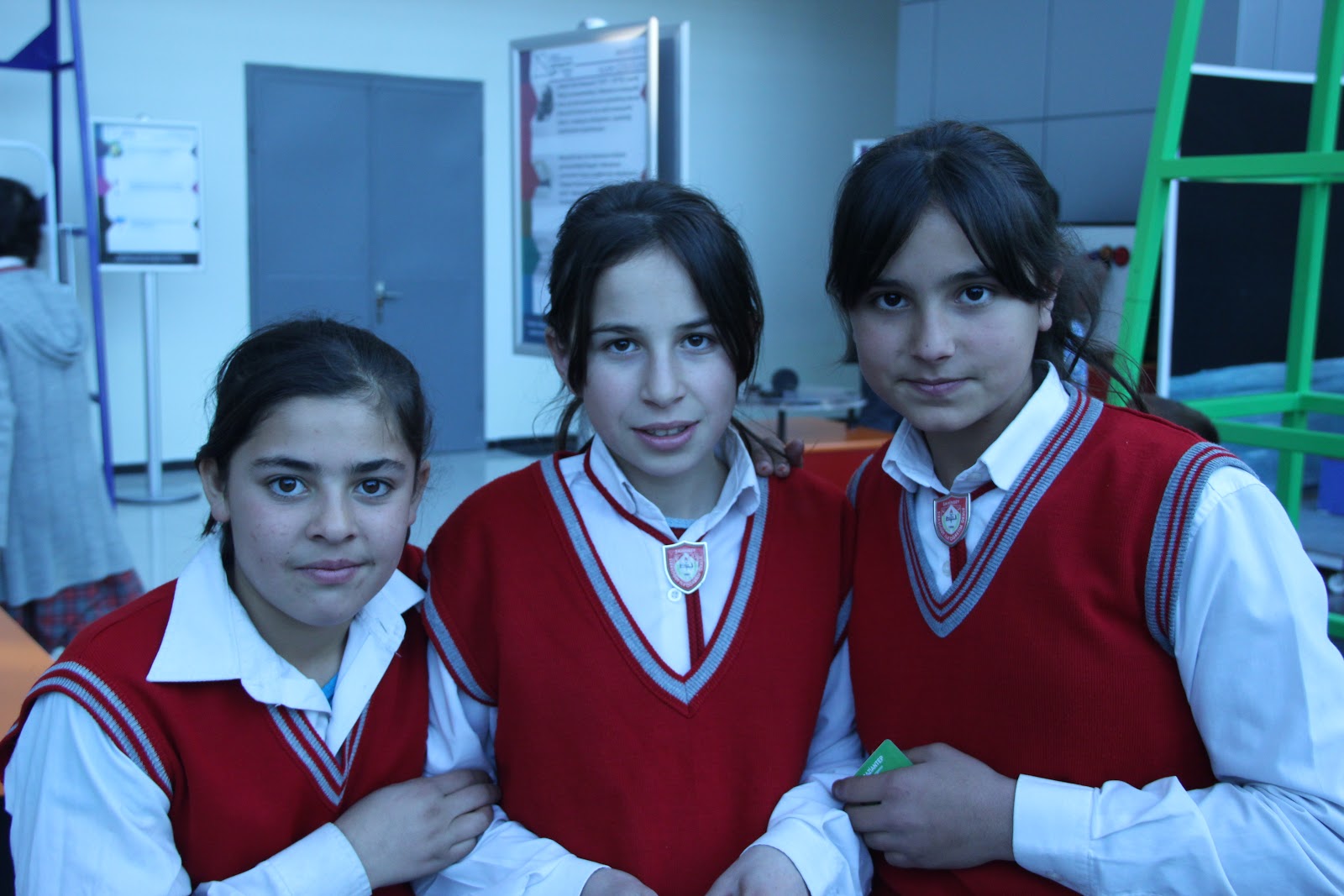There is a fascinating art that finds its origins in the ancient 986 CE in that region which is today a part of China.
The first theoretical treat about a decorative art made with inkstick, inkstone, ink brush and paper, materials collective called the "four treasures of the study" was there founded. In this treat is mentioned a decorative paper called liu sag joan (drifting-paper).
This paper was made by dragging a piece of paper through a fermented flour paste mixed with various colors, creating a free and irregular design. That surely is the first sign of the existence of paper marbling in the history!
But let's talk about the Ebru which is practiced all around the middle Asia. In the XIV century the art came fromThere is a fascinating art that finds its origins in the ancient 986 CE in that region which is today a part of China.
The islamic method was known as kâghaz-e abrî , simplified in abrî, translated to mean "clouded paper" in persian. At the time of the Safavid Persia and the Ottoman empire, various Ebru techniques were practiced: the colors were made to float on the surface of a bath of viscous liquid mucilage or size, made from various plants.
In Turkey, where the technique is known as Ebru, it firstly appeared in the late XIX century: the earliest examples of Ottoman Ebru are thought to be a copy of the Hâlnâmah حالنامه by the poet Arifi.
In Millet Han we have a woman, Leyka, who is a great Ebru teacher , experimenting different techinques and working on improving her skills day after day, such as the ebru on textiles and on wood.
I attended her lessons for a few weeks, and now I am happy to have my little ebru collection, some colorful paper that looks like flowers on marble!















































